CFA standard TICA standard Scientific name Felis catus Higher classification Cat | FIFe standard AACE standard Rank Breed | |
 | ||
Similar Persian cat, British Shorthair, Bengal cat, Scottish Fold, American Shorthair | ||
All about the exotic shorthair cat breed
The Exotic Shorthair is a breed of cat developed to be a short-haired version of the Persian. The Exotic is similar to the Persian in many ways, including temperament and conformation, a flat nose and face with the exception of the short dense coat.
Contents
- All about the exotic shorthair cat breed
- Description
- Characteristics
- Care and Grooming
- Health
- Recognition
- References
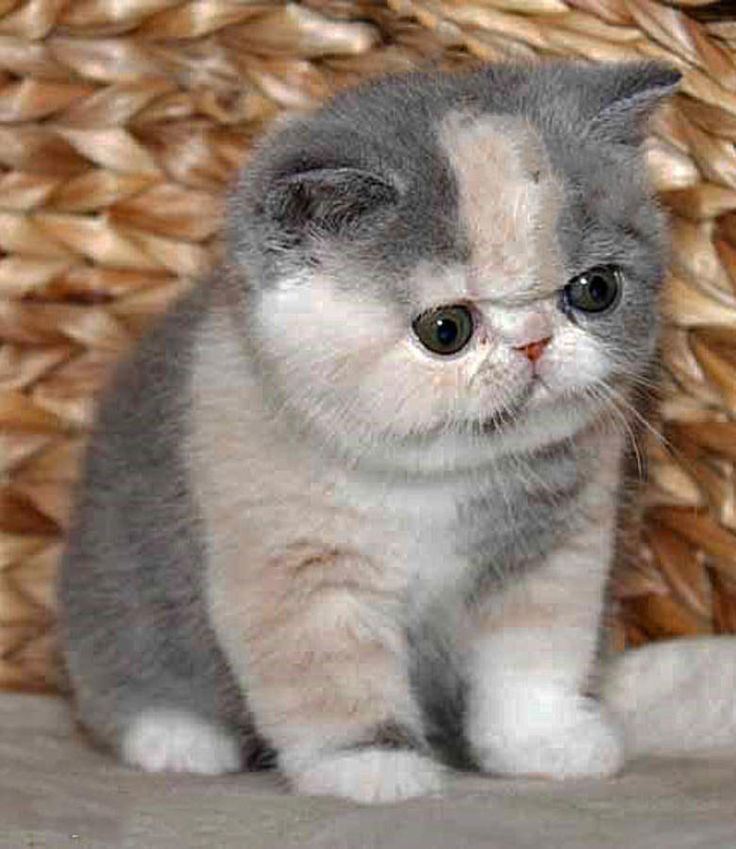
In the late 1950s, the Persian was used as an outcross by some American Shorthair (ASH) breeders. This was done in secret in order to improve their body type, and crosses were also made with the Russian Blue and the Burmese. The crossbreed look gained recognition in the show ring, but unhappy American Shorthair breeders successfully produced a new breed standard that would disqualify ASH that showed signs of crossbreeding. One ASH breeder who saw the potential of the Persian/ASH cross proposed and eventually managed to get the Cat Fanciers' Association judge and American Shorthair breeder Jane Martinke to recognize them as a new breed in 1966, under the name Exotic Shorthair. Since 1987, the CFA closed the Exotic to shorthair outcrosses, leaving Persian as the only allowable outcross breed.
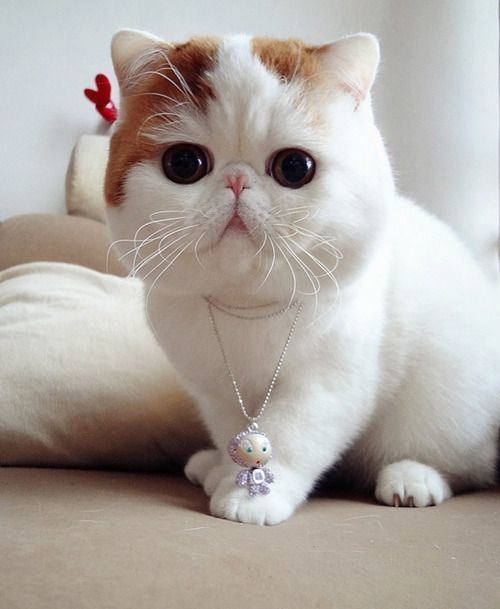
Because of the regular use of Persian as outcrosses, some Exotics may carry a copy of the recessive longhair gene. When two such cats mate, there is a 1 in 4 chance of each offspring being longhaired. Ironically, longhaired Exotics are not considered Persians by CFA, although The International Cat Association accepts them as Persians. Other associations like the American Cat Fanciers Association register them as a separate Exotic Longhair breed.
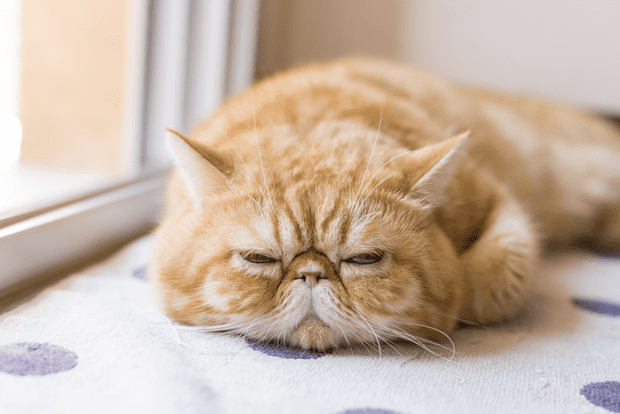
Description
The Exotic Shorthair meets every standard for the Persian breed, except for the coat.
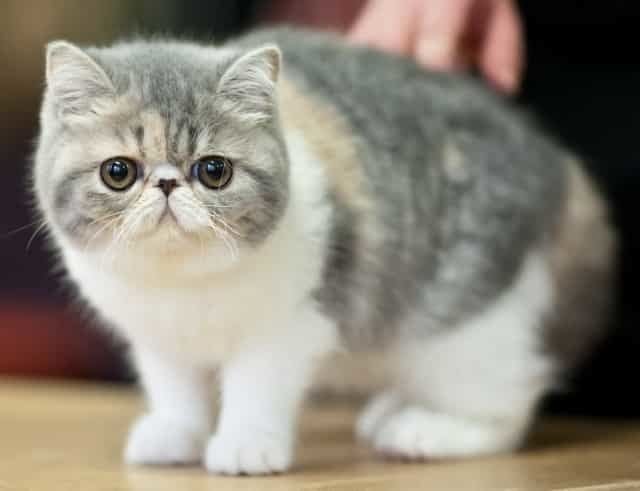
Head: Oval, massive. Very broad skull. Rounded forehead. Round, full cheeks. Short, broad, round muzzle. Short, broad nose with pronounced stop. Strong chin. Broad, powerful jaws.
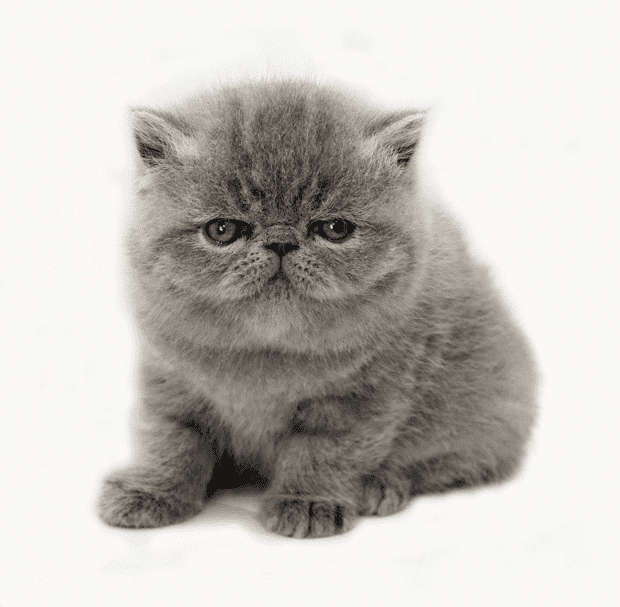
Ears: Small, rounded at the tip, not too open at the base. Widely spaced and well-furnished with hair on the inside.
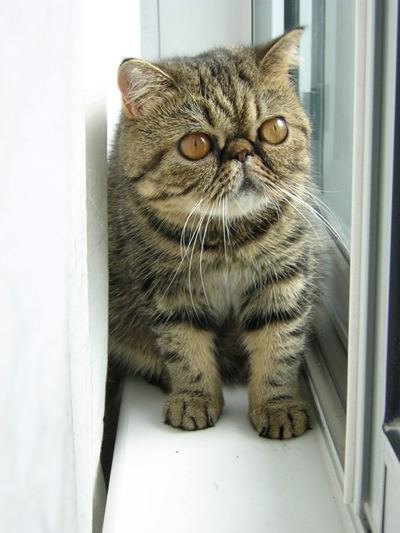
Eyes: Large and round. Pure, deep color corresponding to that of the coat (gold to copper in most varieties; green in the chinchilla and the golden; blue in the white and the colorpoint).
Neck: Short and thick.
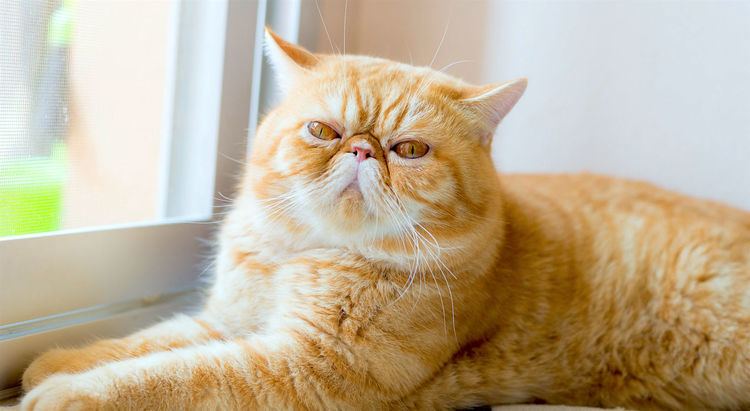
Body: Medium-sized, cobby, low to the ground. Broad chest. Massive shoulders. Large-boned with powerful muscles. Weight: 3.5 - 6 kilograms.
Paw: Short, straight and large. Round, large paws. Tufts of hair between the toes.
Tail: Short, thick, carried low. Rounded tip.
Coat: Shorthaired but slightly longer than other shorthaired breeds. Dense, fluffy, erect hair. All Persian colors are recognized.
Characteristics
Exotic Shorthairs have a gentle and calm personality reminiscent of the Persian, but are generally livelier than their longhaired ancestors. Curious and playful, they are friendly to other cats and dogs, but they don’t like being left alone and need the presence of their owner. They tend to show more affection and loyalty than most breeds and make excellent lap cats. Their calm, steady nature makes them ideal apartment cats for city dwellers. Nonetheless, Exotics retain some of the energetic spark of the American Shorthair, and they are often capable mouse hunters.
Care and Grooming
Unlike the high-maintenance Persian, the Exotic is able to keep its own fur tidy with little human assistance, though weekly brushing and combing is recommended to remove loose hair and reduce shedding and hairballs.
As with other flat-faced animals, the Exotic's tear ducts are prone to overflowing due to the nasolacrimal duct, which can dampen and stain the face. This can be relieved by periodically wiping the cat's face with a cloth moistened with water or one of the commercial preparations made expressly for the purpose.
This breed ages slowly, as it does not reach maturity until around two years of age and enters puberty fairly late. When two Exotic Shorthairs are crossed, they may produce long-haired kittens called “Exotic Longhairs” by the CFA. Externally, they look like Persians.
Health
Because of precautions taken by early breeders, the Exotic Shorthair is not typically prone to disease or genetic abnormalities. The cat is a brachycephalous breed, meaning that its problems result from having the nose and eyes in close proximity to each other, giving the appearance of a pushed-in face. As well as issues with the tear ducts, sinus problems can also occur. Due to the shortened jaw, there is a chance of tooth misalignment or tooth crowding.
Recognition
The Exotic has steadily gained popularity among cat fanciers with the help of the devoted advocates of the breed who saw the value in a Persian and Shorthair crossbreed.
